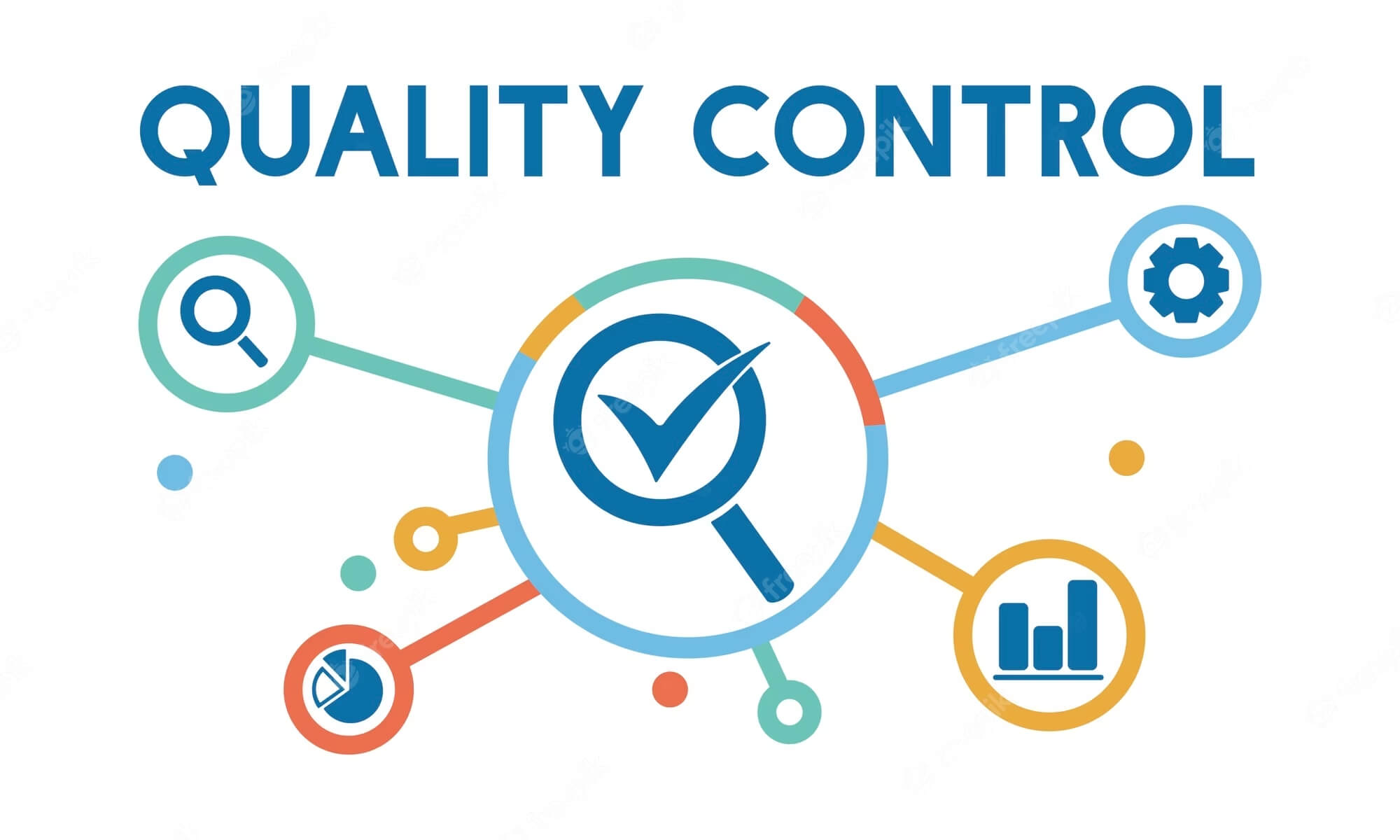Statistical quality control (SQC) is a scientific technique of controlling quality by means of statistical techniques. It has been defined as
the technique of applying statistical methods based upon the mathematical theory of probability to quality control problems with the purpose of establishing quality standards and maintaining adherence to those standards in the most economical manner. Statistical quality control is designed to regulate in-process manufacturing and to take corrective action in such a way that products do conform to the quality standards as they are produced. For this purpose SQC involves not only setting quality specifications but evaluating processes and equipment to make necessary improvements therein.
SQC is concerned with quality of conformance while inspection is concerned with quality of design.
Advantages of Statistical Quality Control (SQC)
The main advantages of SQC are as follows
(i) It gives an early warning of defects. It provides a means of detecting errors at inception.
(ii) Rework and scrap are minimized. Statistical Quality Control avoids the need for and costs of cent per cent inspection by pointing out trouble spots.
(iv) SQC helps to maintain customer relations by ensuring uniformly high quality.
(v) it helps to avoid unnecessary machine adjustments so long as the process is in a state of control.
(vi) Provides a basis for attainable specifications.
(vii) It serves as a means of determining, the capability of the manufacturing process to turn out products with prescribed specifications. Thus Statistical Quality Control tends to prevent production or purchase of bad items and therefore, it is superior to inspection.
In the words without quality control you, as a producer or purchaser, are in the same position as the man who bets on a horse race with one exception, the odds are not posted. SQC Will give you the tools and your materials. It will tell you at what level and with what variation you are Operating and, more important, it will tell you when your process, tools or materials change from that level and range of variability- possibly most important of all will be the change in outlook on your purchases or production and the inspection of both.

